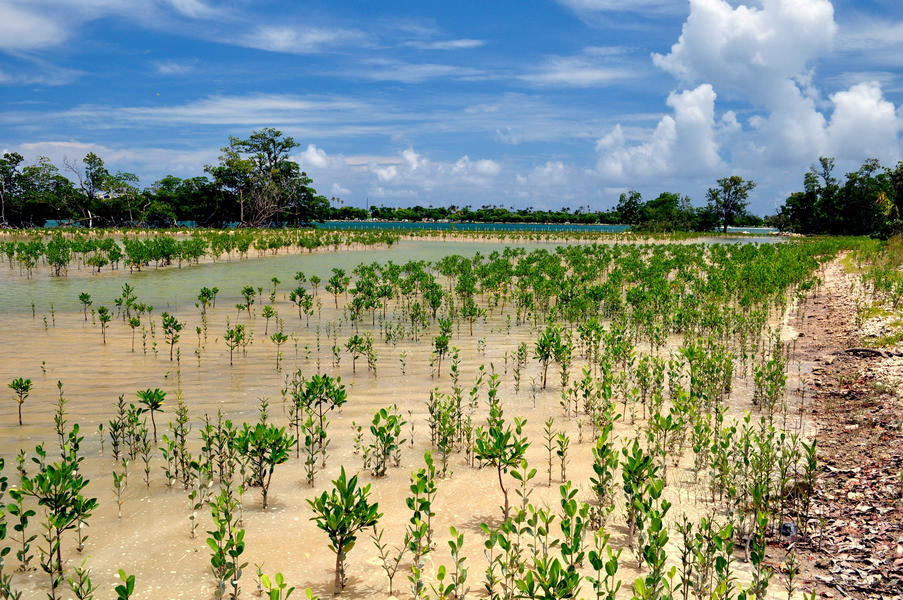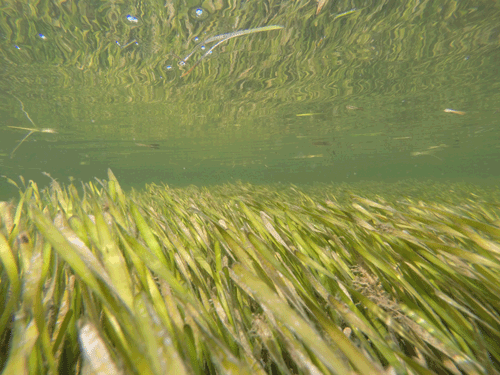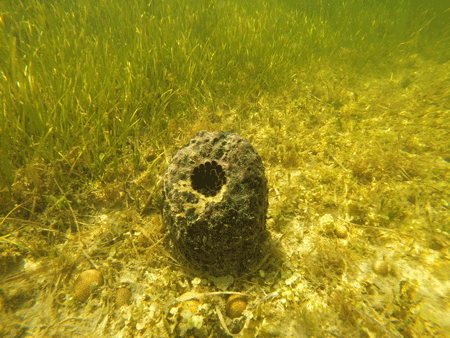

Nature Coast Aquatic Preserve
- Home
- Divisions
- Office of Resilience and Coastal Protection
- Aquatic Preserve Program
- Nature Coast Aquatic Preserve
Aquatic-Preserve Quick links
- Alligator Harbor Aquatic Preserve
- Apalachicola Bay Aquatic Preserve
- Banana River Aquatic Preserve
- Big Bend Seagrasses Aquatic Preserve
- Biscayne Bay Aquatic Preserves
- Boca Ciega Bay Aquatic Preserve
- Cape Haze Aquatic Preserve
- Cape Romano-Ten Thousand Islands Aquatic Preserve
- Cockroach Bay Aquatic Preserve
- Coupon Bight Aquatic Preserve
- Estero Bay Aquatic Preserve
- Fort Pickens Aquatic Preserve
- Gasparilla Sound-Charlotte Harbor Aquatic Preserve
- Guana River Marsh Aquatic Preserve
- Indian River-Malabar to Vero Beach Aquatic Preserve
- Indian River-Vero Beach to Fort Pierce Aquatic Preserve
- Jensen Beach to Jupiter Inlet Aquatic Preserve
- Kristin Jacobs Coral Aquatic Preserve
- Lake Jackson Aquatic Preserve
- Lemon Bay Aquatic Preserve
- Lignumvitae Key Aquatic Preserve
- Loxahatchee River-Lake Worth Creek Aquatic Preserve
- Matlacha Pass Aquatic Preserve
- Mosquito Lagoon Aquatic Preserve
- Nassau River-St. Johns River Marshes and Fort Clinch Aquatic Preserves
- Nature Coast Aquatic Preserve
- North Fork, St. Lucie Aquatic Preserve
- Oklawaha River Aquatic Preserve
- Pellicer Creek Aquatic Preserve
- Pine Island Sound Aquatic Preserve
- Pinellas County Aquatic Preserves
- Rainbow Springs Aquatic Preserve
- Rocky Bayou Aquatic Preserve
- Rookery Bay Aquatic Preserve
- St. Andrews Aquatic Preserve
- St. Joseph Bay Aquatic Preserve
- St. Martins Marsh Aquatic Preserve
- Terra Ceia Aquatic Preserve
- Tomoka Marsh Aquatic Preserve
- Wekiva River Aquatic Preserve
- Yellow River Marsh Aquatic Preserve
- All Aquatic-Preserve content

The Nature Coast Aquatic Preserve (NCAP), designated in 2020 by the Florida Legislature, is Florida’s 42nd aquatic preserve and the state’s first new aquatic preserve in 32 years. It encompasses 800 square miles of coastal waters, including 625 miles of shoreline, along Citrus, Hernando and Pasco counties, making it the second-largest aquatic preserve in Florida.
The NCAP is bordered to the north by Big Bend Seagrasses and St. Martins Marsh aquatic preserves and to the south by Pinellas County Aquatic Preserve.
Combined, these four preserves protect the largest contiguous seagrass meadow in the Gulf of America and the largest spring-fed seagrass habitat in the world. NCAP also includes mangrove islands, saltmarsh, sponge beds, marine springs, oyster reefs and limestone hardbottom habitats. The karst geology and spring-fed rivers are key influences on the ecosystems and the wildlife that depends on them, including sea turtles and manatees.
The NCAP protects nearly 400,000 acres of seagrass that support valuable working waterfront industries, including fisheries, seafood production and ecotourism. Kayaking, boating, fishing and scalloping are popular recreational opportunities within the NCAP.
For other opportunities to help preserve the NCAP, consider joining the Aquatic Preserve Society.
Management Plan
The plan’s goal is to maintain the preserve’s biological, scientific and aesthetic value for future generations to enjoy while allowing and improving access for activities such as boating and fishing, birding, kayaking and ecotourism.
A series of stakeholder workshops was held to develop, refine and finalize the draft management plan. After two public meetings to present the draft management plan to the public for comment, and an advisory committee meeting for them to receive those public comments, the plan was further revised. Finally, the plan was submitted to the Acquisition and Restoration Council (ARC) and approved on December 9, 2022. Then it was submitted to the Governor and Cabinet, acting as the Board of Trustees of the Internal Improvement Trust Fund and fully approved on March 8, 2023.
United States
The NCAP is accessible from 14 boat ramps, four state parks, two national wildlife refuges and numerous local parks.
The area of the Nature Coast Aquatic Preserve has been described as a hub of trade and cultural activities by indigenous people. Shell middens, ceremonial sites and numerous other types of historical and cultural sites have been documented on islands within the NCAP as well as adjacent inland areas with sites dating back 4,000 years.

The natural resources present within the NCAP are some of the most precious in the state. Within the preserve’s boundaries are complex ecosystems that provide critical habitat for many ecologically, commercially and recreationally important species. Key habitats include seagrass beds, salt marshes and mangrove swamps. The area also contains spring-fed waters from nearby riverways that attract large numbers of the threatened Florida manatee during the winter months when these animals seek thermal refuge in warmer waters.
Florida’s Gulf Coast is characterized by shallow waters that gently slope to deeper levels offshore. These shallow submerged lands offer prime habitat for seagrass.
Seagrasses provide many ecosystem services, including stabilizing sediments, reducing shoreline erosion, sequestering carbon, improving water clarity, and providing habitat for ecologically and economically valuable species. Many species rely on seagrass meadows at some point in their lifecycle. For instance, green sea turtles, a threatened species, rely on seagrasses for food as they graze the shallow flats of the Gulf Coast. Bay scallops are dependent on seagrasses for successful recruitment.
Both seagrass beds and salt marshes serve as nurseries for the young of many other marine species.
Salt marshes in the NCAP also serve as a transitional zone between the estuaries and the uplands, protecting uplands from saltwater intrusion, waves and storm surges while also protecting estuaries by trapping pollutants that flow into the waters from the land.
Mangrove swamps including red and black mangrove species are also prevalent in the NCAP. The fringe forest mangrove swamps of the NCAP provide an important protective barrier between storm and wave energy and the immediate coastline while also reducing the impacts of excess nutrients and other pollutants on water quality.
Mangrove swamps and islands also serve as an important nesting colonies and feeding sites for several bird species in the NCAP.
Interested in subscribing to DEP newsletters or receiving DEP updates through email?
Sign UpAbout DEP
The Florida Department of Environmental Protection is the state’s lead agency for environmental management and stewardship – protecting our air, water and land. The vision of the Florida Department of Environmental Protection is to create strong community partnerships, safeguard Florida’s natural resources and enhance its ecosystems.
Learn MoreContact
3900 Commonwealth BoulevardTallahassee, Florida 32399-3000 Public.Services@FloridaDEP.gov 850-245-2118
